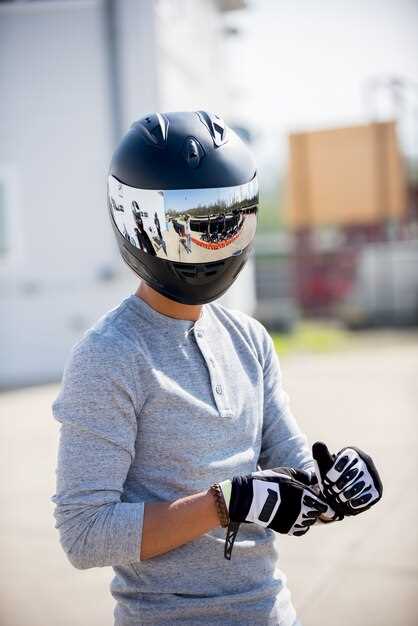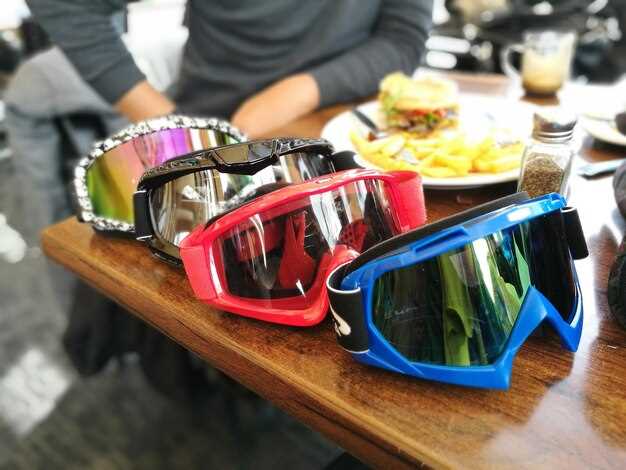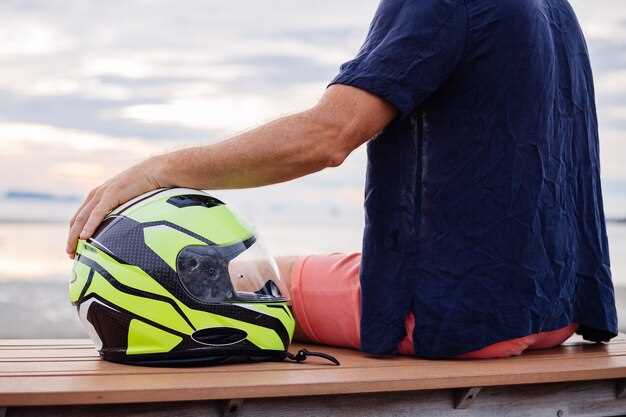

Participating in open track events can be an exhilarating experience, providing a fantastic opportunity for racing enthusiasts to test their skills and vehicles in a controlled environment. However, ensuring safety should always be the top priority when preparing for such events. From the right gear to essential safety equipment, making informed choices can significantly enhance your overall track experience.
When it comes to racing on a track, the right gear can make all the difference. Selecting appropriate racing helmets, suits, and gloves is crucial not only for compliance with safety regulations but also for maximizing your performance on the track. It is vital to choose gear that provides both comfort and protection, allowing you to focus entirely on your driving without any distractions.
Additionally, understanding the importance of safety equipment such as harnesses, roll cages, and fire extinguishers can further minimize risks associated with high-speed racing. Investing in quality gear not only safeguards your well-being but also reflects a commitment to responsible racing practices.
In this article, we will delve into the recommended gear specifically tailored for open track events, emphasizing the balance between safety and racing performance. Whether you are a seasoned racer or a newcomer to the sport, equipping yourself with the right tools will enhance your experience and ensure a thrilling yet safe adventure on the track.
Choosing the Right Racing Suit for Track Performance
When participating in open track events, selecting the appropriate racing suit is crucial for both performance and safety. The right suit not only enhances comfort during long sessions but also ensures that you’re protected in case of an incident. Consider the following factors when making your choice.
First, prioritize fire resistance. Racing suits are typically made from materials like Nomex, which provide excellent protection against heat and flames. Be sure to check the suit’s compliance with safety regulations set by organizations such as the FIA or SFI, as these standards ensure that you’re investing in quality gear that can withstand high temperatures during a track event.
Comfort is another vital aspect. A racing suit should fit snugly without being restrictive, allowing for full range of motion while driving. Look for suits with features such as stretch panels and perforations for breathability. The right fit keeps you focused on your driving rather than being distracted by discomfort.
Consider the weight of the suit as well. Lightweight options can enhance mobility and reduce fatigue, giving you an edge during long races or hot track sessions. However, ensure that the lightweight materials used still meet safety standards and provide adequate protection.
Also, pay attention to the suit’s design and style. While aesthetics may seem secondary, a well-designed racing suit can boost your confidence on the track. Many manufacturers offer customizable options, so you can choose colors and designs that reflect your personality while still conforming to safety regulations.
In conclusion, choosing the right racing suit is essential for optimal track performance and safety. By paying attention to material, comfort, weight, and design, you can find a suit that meets your needs and helps enhance your racing experience.
Must-Have Accessories for Enhanced Driving Experience

Participating in open track events requires more than just a high-performance vehicle; having the right gear can significantly elevate your racing experience. First and foremost, a quality racing helmet is essential. It provides crucial head protection and is often a requirement for track events. Look for helmets that meet safety standards and offer comfort during long sessions on the track.
Equally important is a racing suit. Made from fire-resistant materials, a racing suit not only enhances safety but also ensures that you are adequately protected in the event of an incident. Opt for a suit that fits well and allows for maximum mobility, allowing you to focus on the track.
Another must-have accessory is a pair of racing gloves. Designed to offer superior grip and control, these gloves enhance your ability to steer and operate controls effectively. Choose gloves that are breathable to keep your hands comfortable, even under intense conditions.
For added safety, consider investing in a full harness system. Unlike standard seat belts, a racing harness provides a more secure fit, keeping you firmly in place during sharp turns and sudden stops. Make sure the harness is compatible with your vehicle and properly installed to maximize its effectiveness.
Don’t overlook the importance of proper footwear. Racing shoes are designed to provide excellent grip on the pedals while offering the necessary protection for your feet. Select shoes that fit snugly and have a low profile to facilitate better pedal feel.
Finally, a set of performance tires tailored for track use can make a world of difference. These tires improve grip, handling, and overall performance, allowing you to maximize your vehicle’s capabilities on the open track. Always ensure that your tires are properly inflated and inspected before heading out for an event.
By investing in these essential accessories, you not only enhance your driving experience but also prioritize safety while enjoying the thrill of racing.
Critical Safety Measures to Implement on Track Days

When participating in open track events, ensuring safety is paramount. Proper safety measures not only protect drivers but also enhance the overall experience of racing. Here are essential safety practices to implement during track days.
First, the use of appropriate racing gear is crucial. This includes a certified helmet, fire-resistant suit, gloves, and shoes. Helmets should meet recognized safety standards and be fitted correctly to provide optimal protection. The racing suit must cover the entire body and be made of materials designed to withstand high temperatures in the event of a fire.
Next, conducting a thorough vehicle inspection before hitting the track is vital. This includes checking tire pressure, brake efficiency, and fluid levels. Ensuring that all safety features, such as roll cages and harnesses, are in good condition can greatly reduce the risk of injury during an incident.
Additionally, understanding track rules and signals is imperative for all participants. Familiarity with flags, cones, and track layout can help drivers react promptly to various situations, thereby preventing accidents. It is advisable to attend briefings and participate in driver orientation sessions offered by track organizers.
Establishing a buddy system can enhance safety as well. Pairing with another driver for mutual observation encourages accountability. This system allows drivers to report any unsafe behavior or mechanical issues observed in each other’s vehicles.
Finally, keeping a safe distance during racing is critical. Maintaining adequate spacing between vehicles reduces the likelihood of collisions, especially during overtaking maneuvers. Drivers should respect each other’s skill levels and practice patience, particularly while navigating challenging sections of the track.
Implementing these critical safety measures during track days will not only protect participants but also foster a more enjoyable and secure racing environment for everyone involved.







